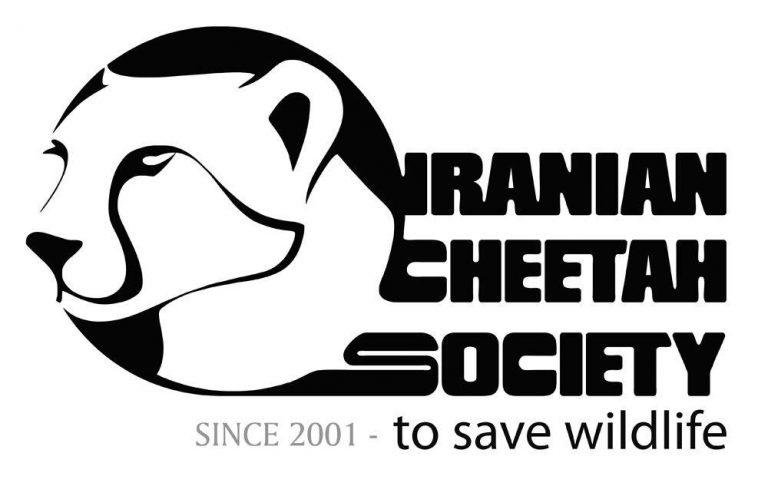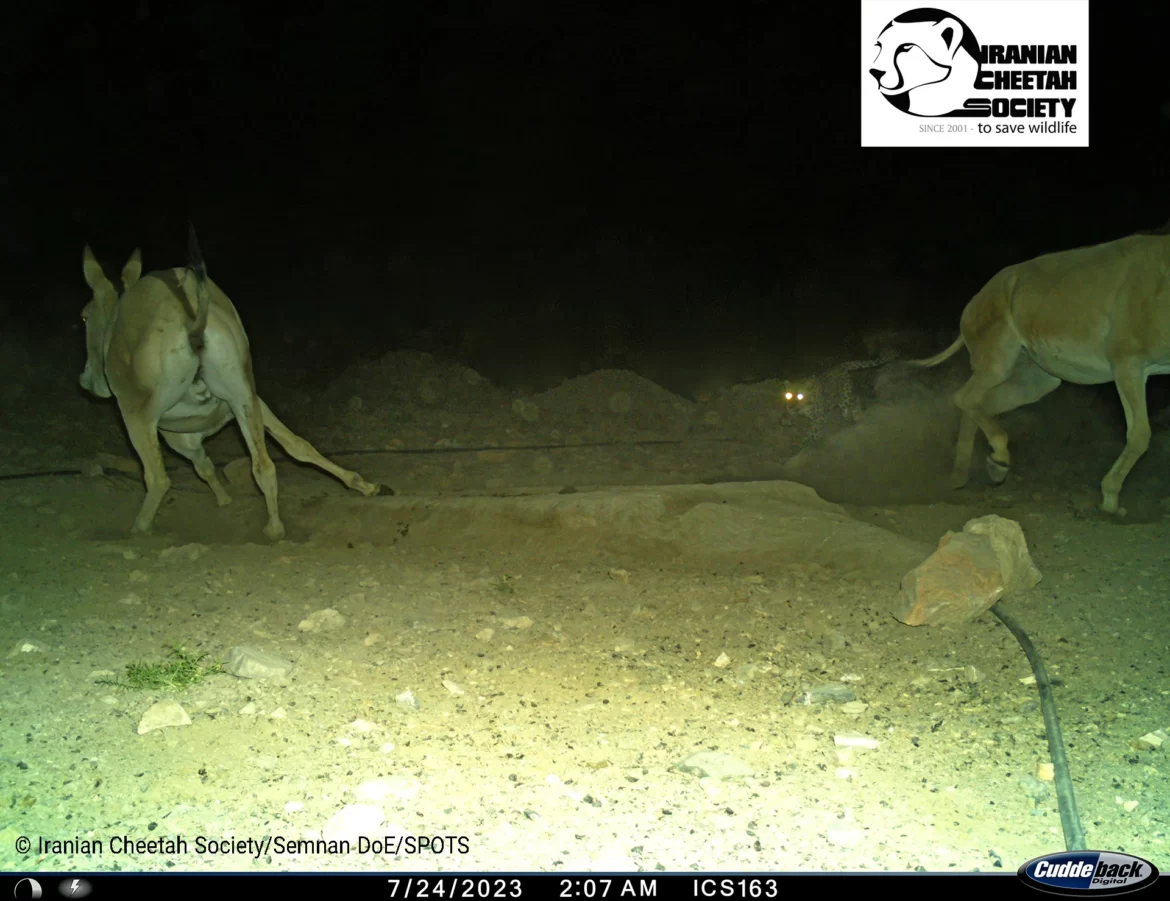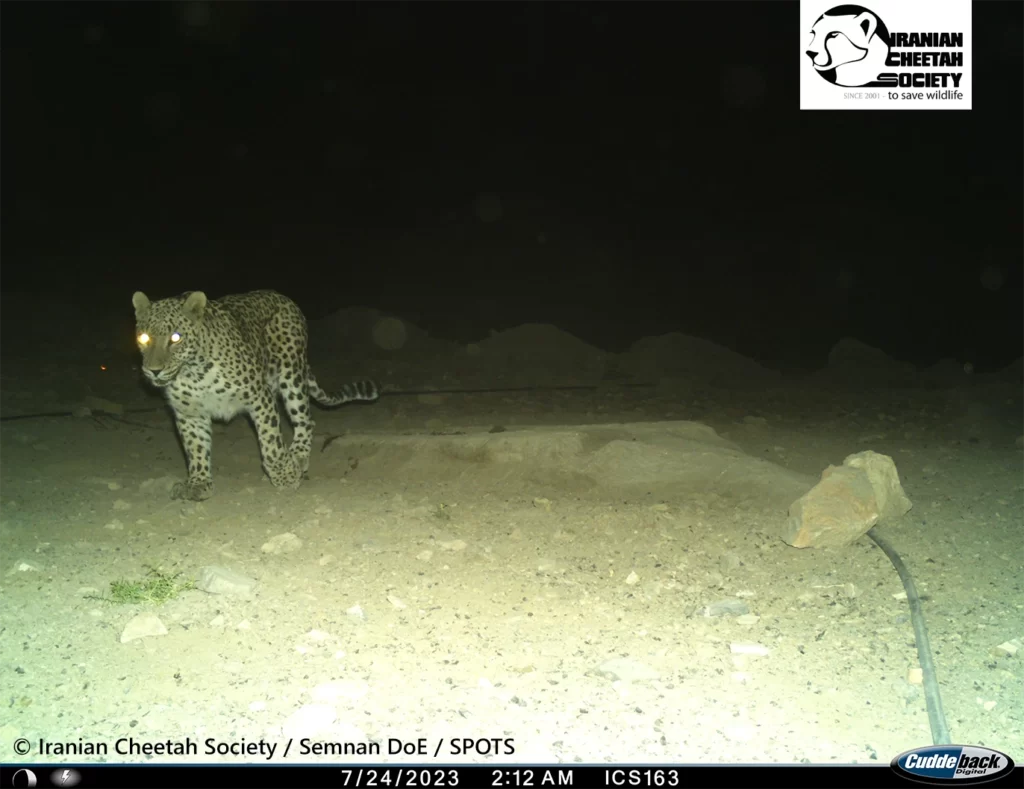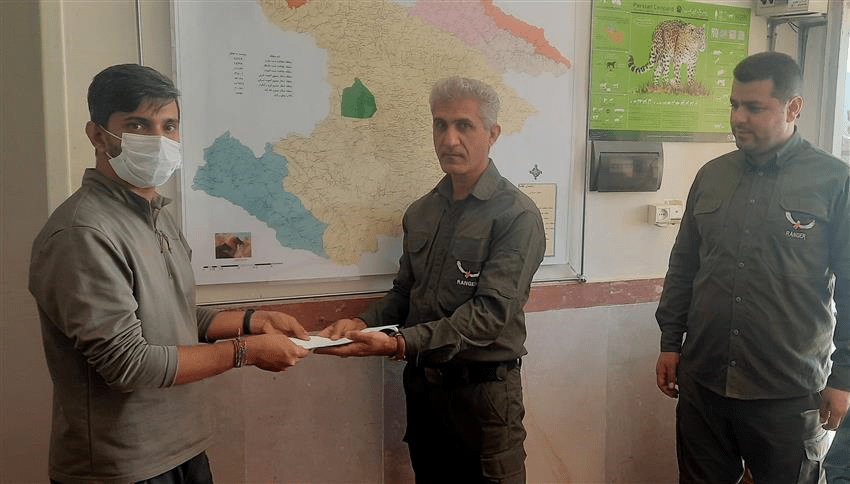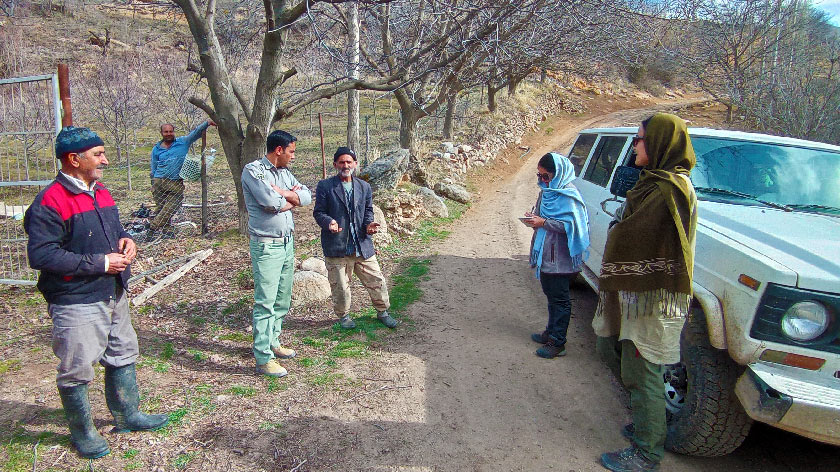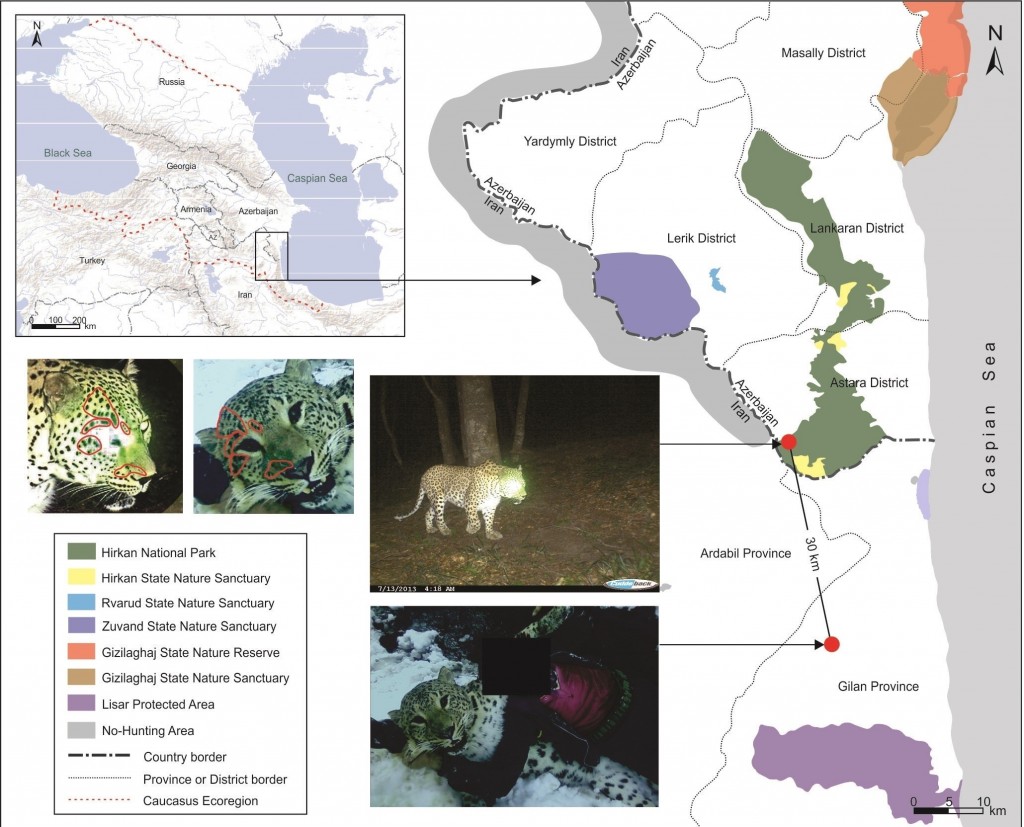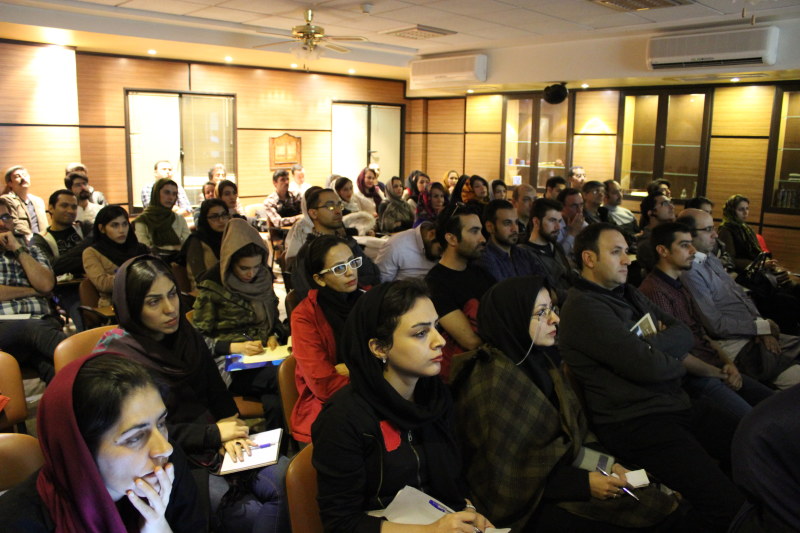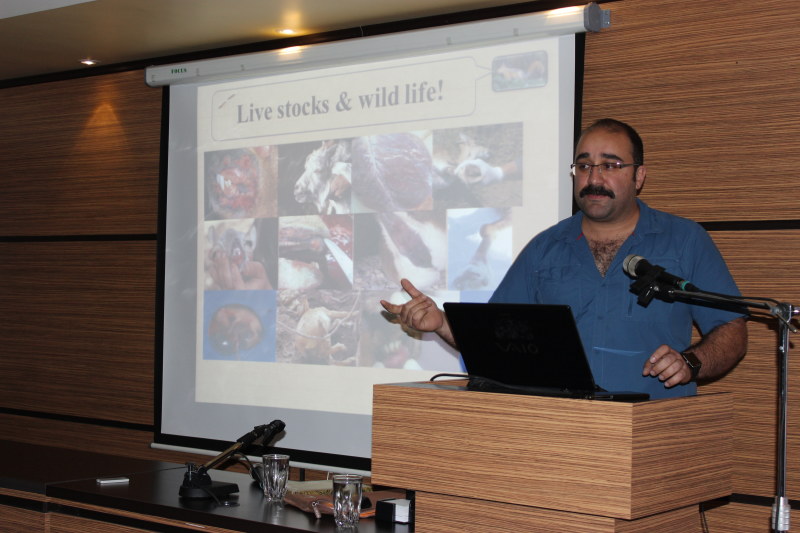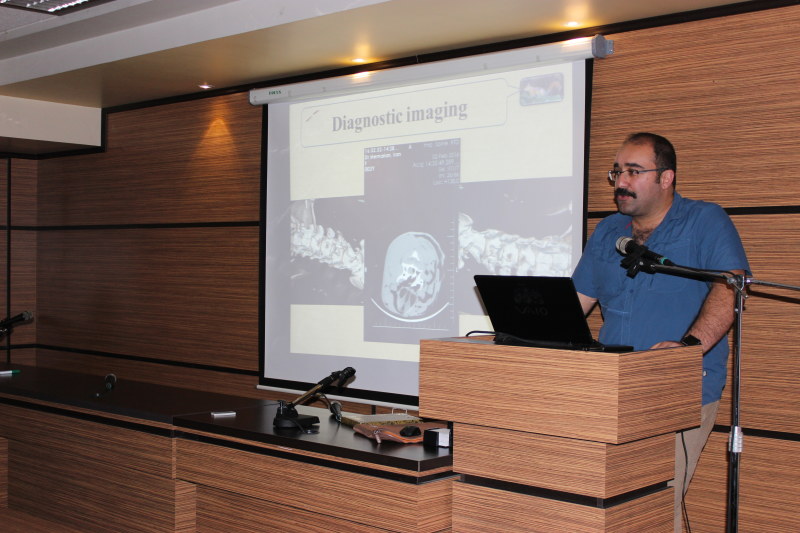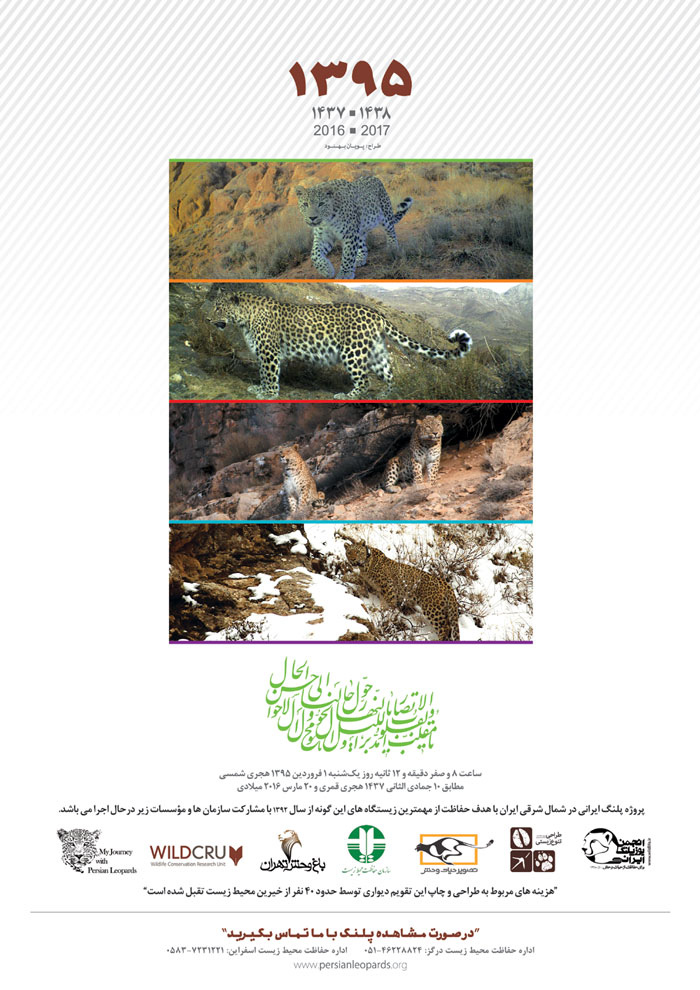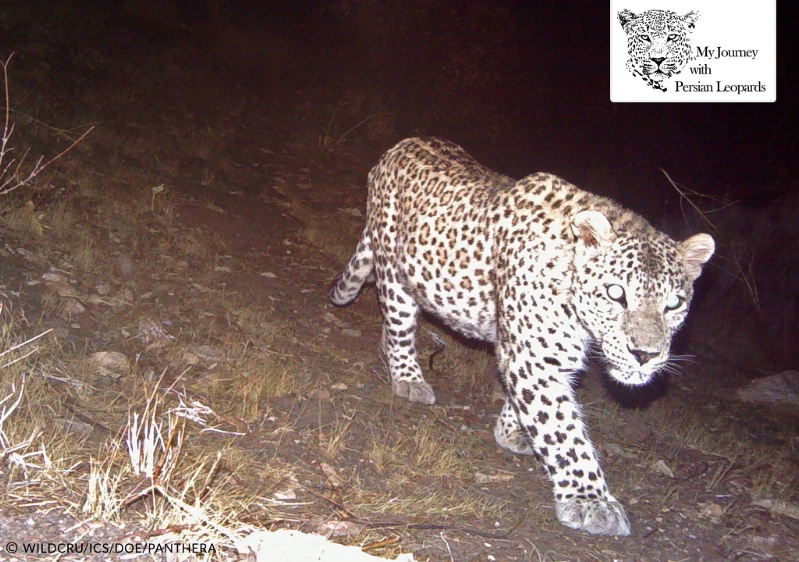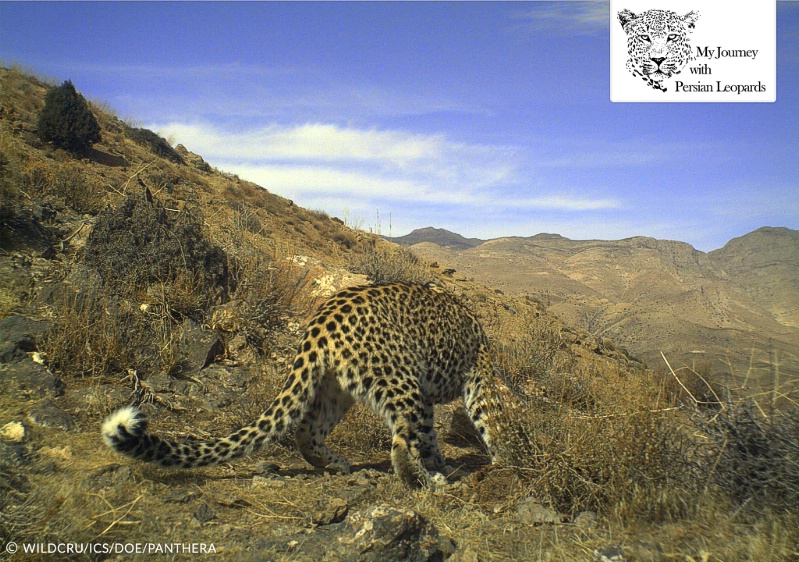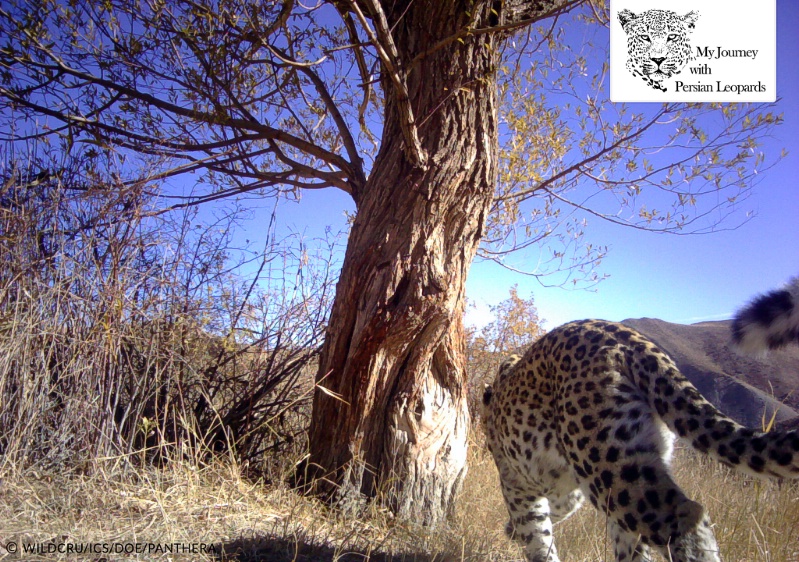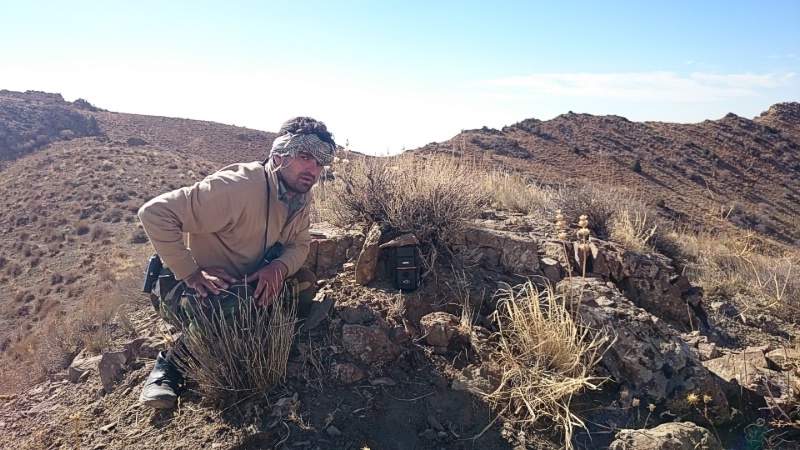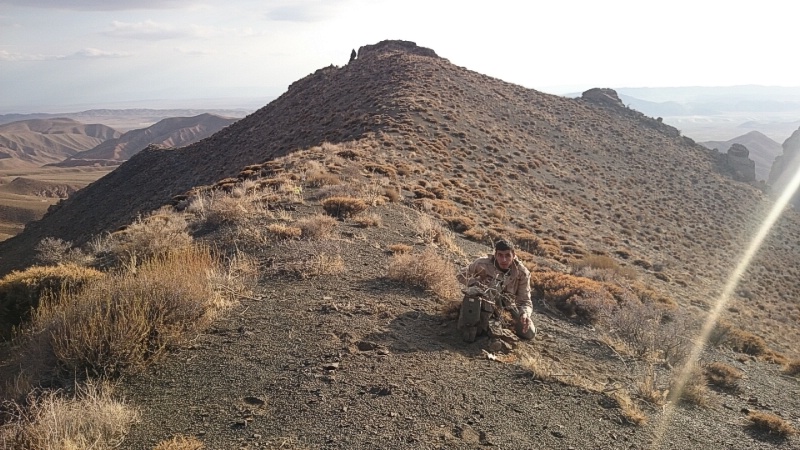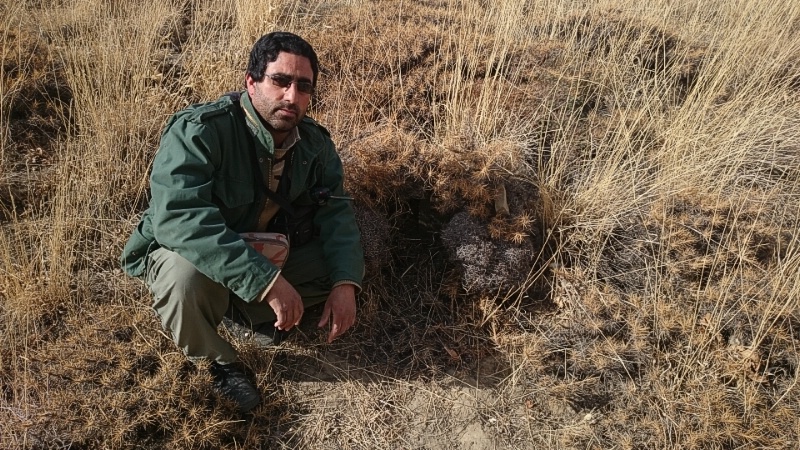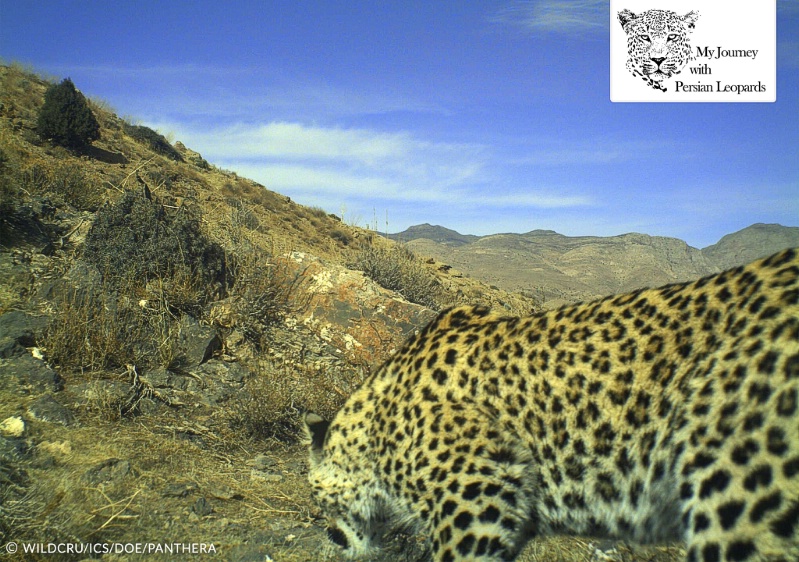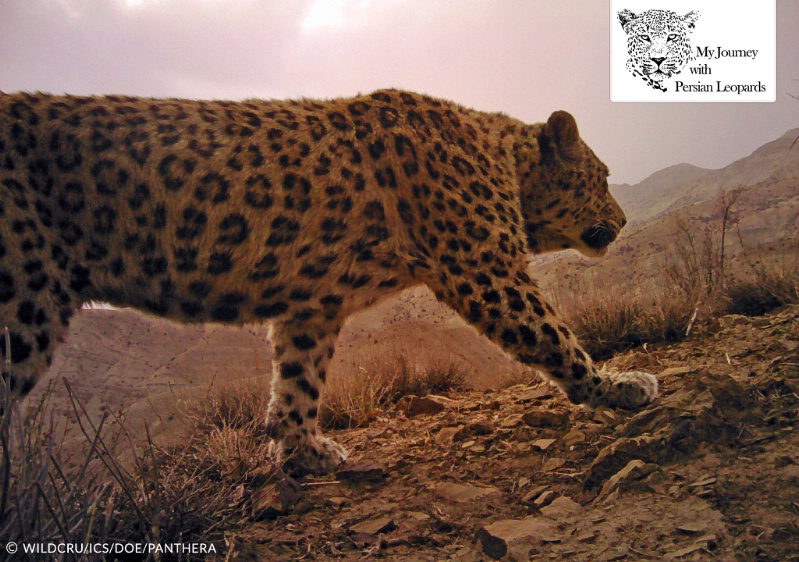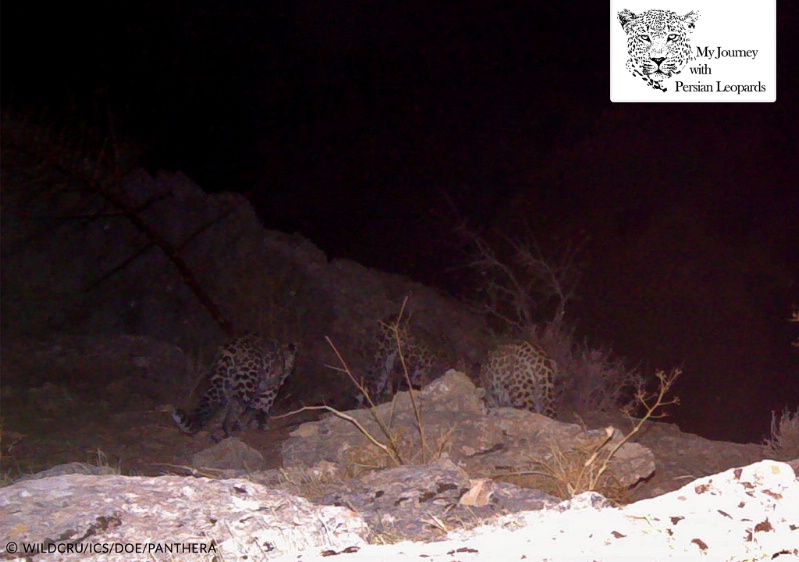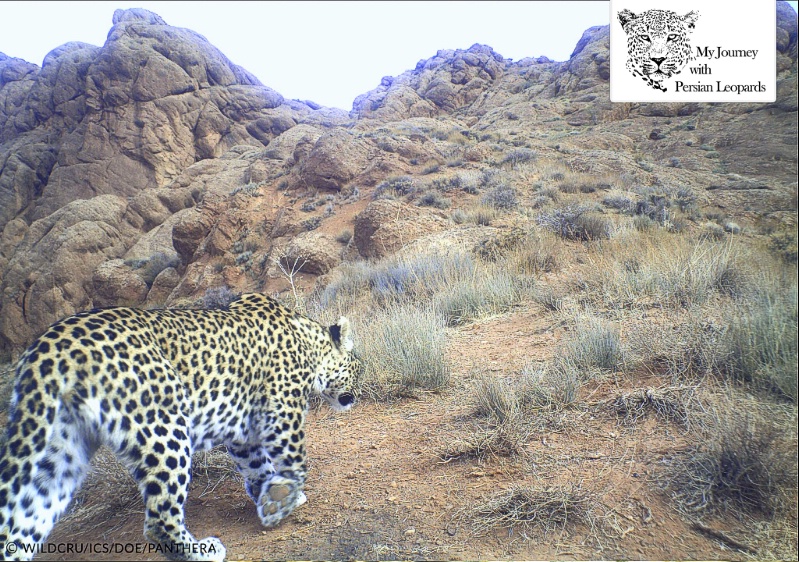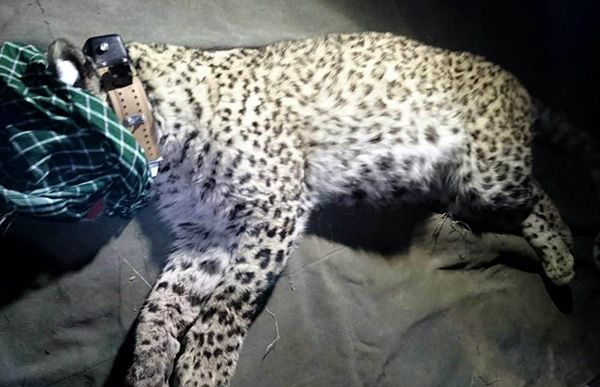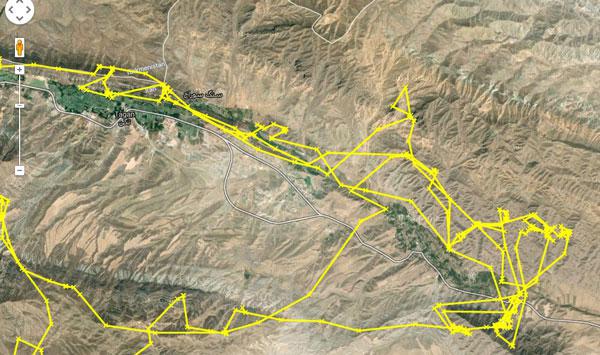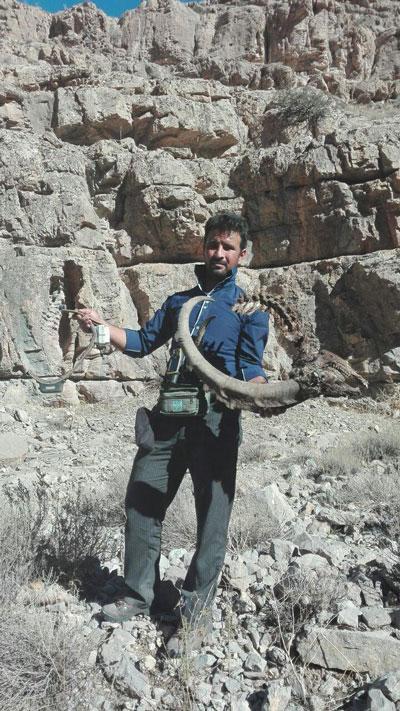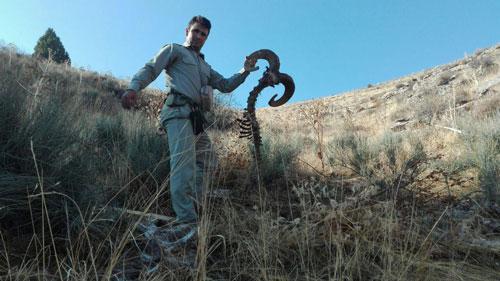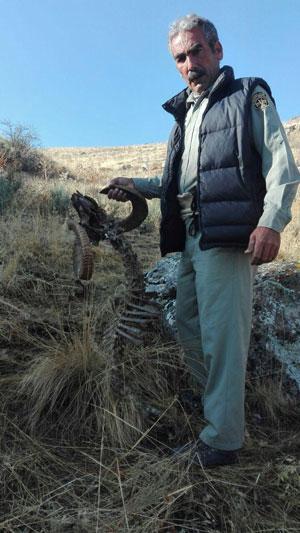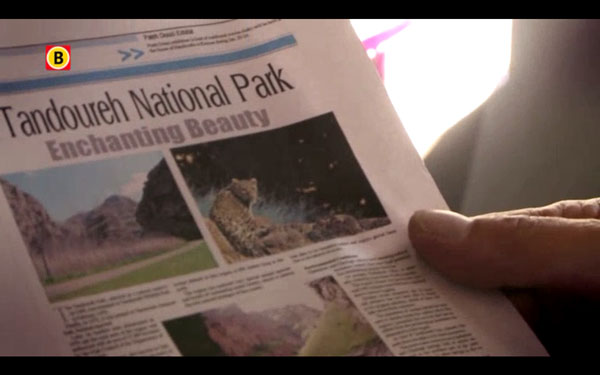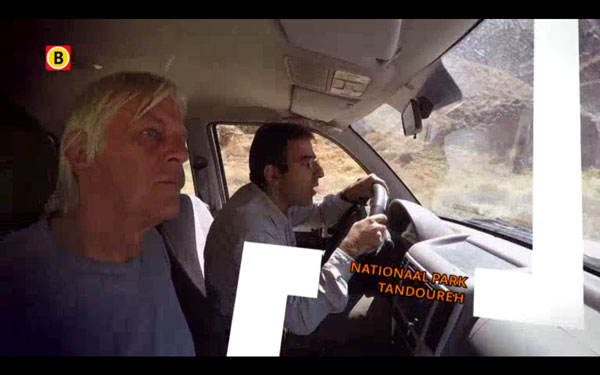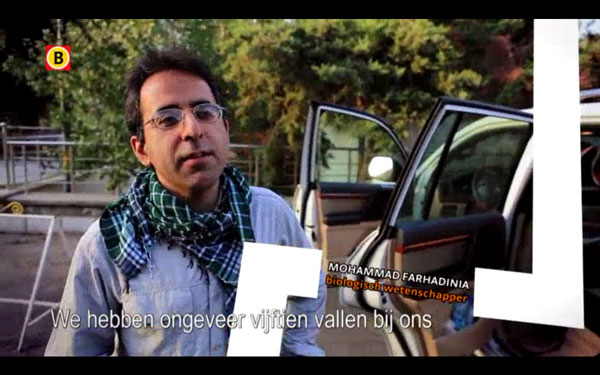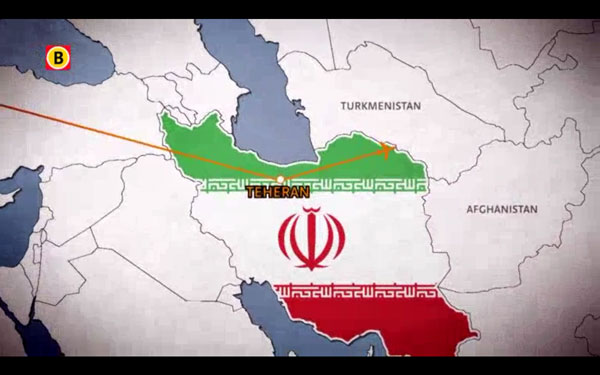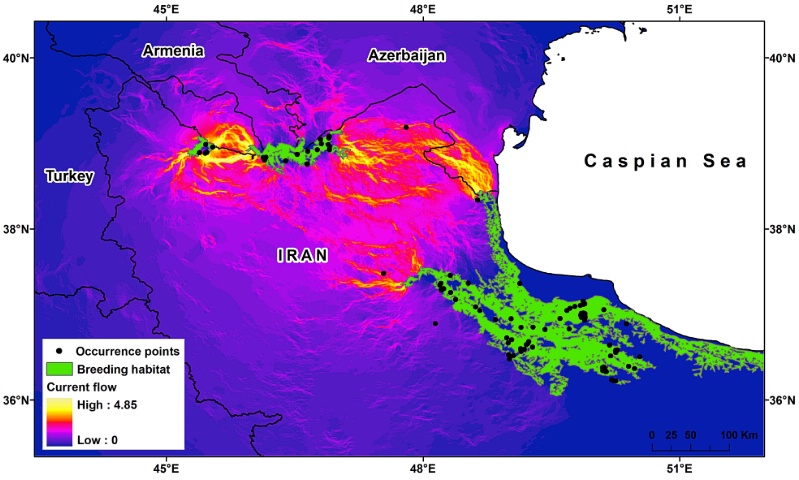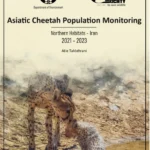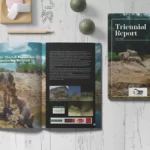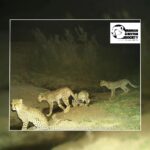We are thrilled to share with you this amazing picture captured by one of our camera traps in the Touran Biosphere Reserve. This is the first time we have ever seen a Persian leopard attempt to hunt Persian Onagers in front of our cameras. Although she was unsuccessful in her attempt, this stunning shot is very valuable for us as it reveals some of the secrets of this elusive and endangered big cat.
The Persian leopard is the largest of the leopard subspecies. It can weigh up to 90 kg (198 lbs) and measure up to 191 cm (6 ft) in length, not including the tail.
The Persian leopard is native to Western and Central Asia, ranging from Turkey to Pakistan. It lives in remote mountainous regions, from dry and arid areas to dense forests and snowy peaks. It prefers rocky slopes, mountain steppes, and sparse juniper forests, where it can find shelter and ambush its prey.
The Persian leopard faces many threats to its survival, such as habitat loss and fragmentation, poaching, human-wildlife conflict, and prey depletion. Since 2016, it has been listed as Endangered on the IUCN Red List, as the wild population is estimated at less than 1000 mature individuals. Conservation efforts are underway to protect its habitat, reduce poaching and conflict, monitor its population, and raise awareness about its importance for the ecosystem.
